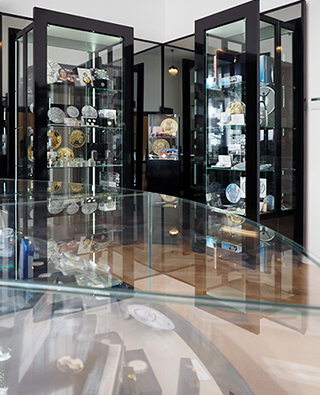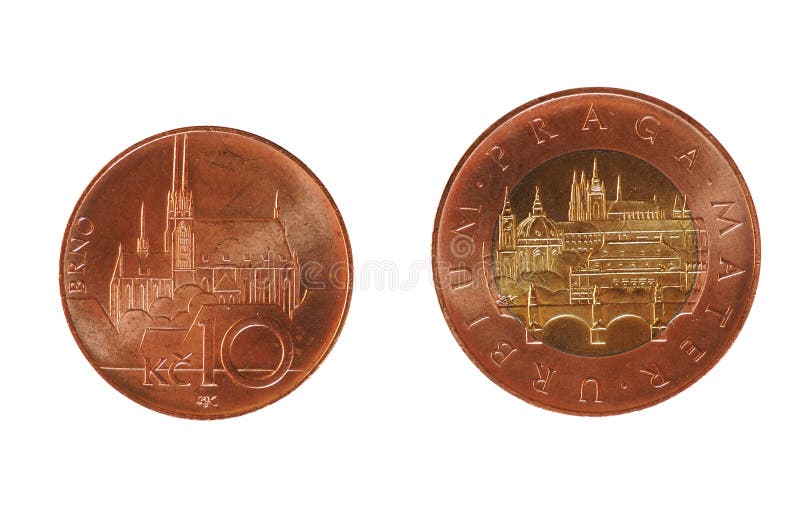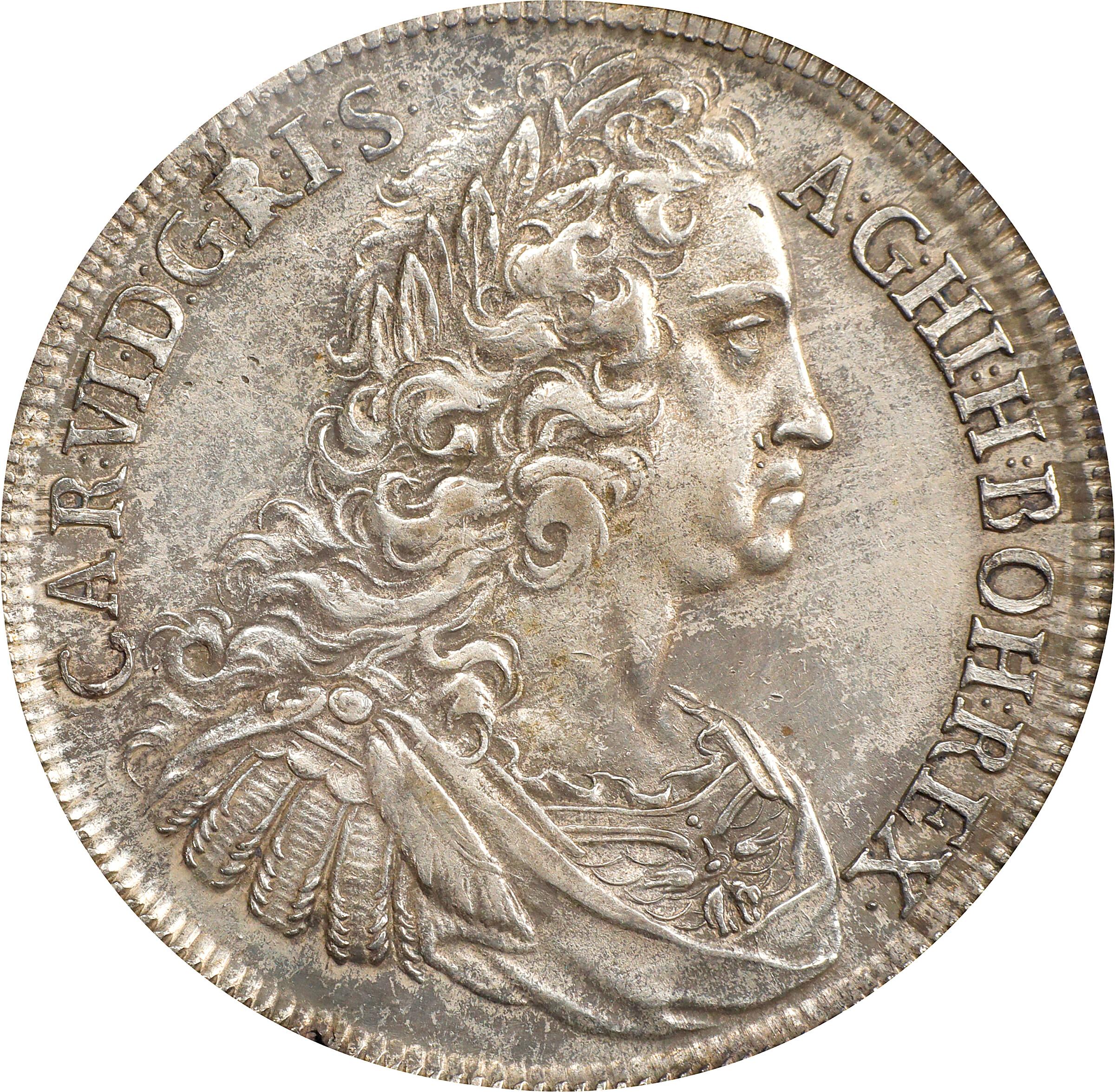Best News To Minting Prague Mint Coins
Wiki Article
How And Why Is The Model Of A Plaster Scanned In Order To Create A Digital 3d Model For Gold Coins Or Medals?
Scanning a model made of plaster to create a digital 3D model for gold coins or medals requires specialized equipment to capture the maquette's physical details and dimensions in an electronic format. This digital copy can be utilized for various purposes during production.
3D Scanning 3D scanners with high-resolution are utilized to capture all dimension and details of the model. The scanners employ various techniques including laser scanning, or structured light, to take precise measurements and the geometry.
The scanner emits beams of lasers or light to the model's surface. The scanner tracks any distortions or reflections caused by laser beams and can record the surface details of the plaster model.
Data Collection. As the scanner moves over the model, it collects many data points. The result is a digital representation of the model's form and contours or other details.
Conversion to 3D Model- The collected data points are processed using special software that converts the information into a digital 3D model. This model is a replica of the physical dimensions and features of the maquette of plaster.
Why do we need to create a Digital 3D Model
Precision and Replication- Digital 3D models enable exact replication of the model's specifications and dimensions. This will ensure that the final gold coins as well as medals are made to conform to the intended design.
Digital models are easily modified and refined. Designers can alter the 3D models without changing their initial plaster model.
Compatibility with manufacturing Processes: Digital 3D models can be utilized with different manufacturing techniques, including CNC machining and 3D printing. This allows for the rapid production of molds and dies.
Digital 3D Models serve as a document of the design. They can be saved digitally to be used in the future for reference, reproduction or for historical documentation.
Designers and manufacturers can employ modern manufacturing techniques to make gold coins and medals that are accurate and faithful to the original designs by scanning models of plaster and creating digital 3D models. Check out the top Scanning and 3D Modeling Prague Mint gold coins blog info. including 1 10 american gold eagle, purchasing silver bars, buy gold and silver, silver eagle coins, kruger rand, coins and gold, sovereign british coin, american gold eagle 1 oz, gold medal swimming, 100 grams gold biscuit and more.

What Happens When The Janvier Machine Transfer Gold Coins Or Medals From Master Hubs To The Working Hub?
A Janvier machine is also called a pantograph, or reduction machine. It's employed to transfer the appearance of a coin medal from a master into an operating center. Here's a brief overview of how this Master Hub Creation works.
The master hub, also known as the original mold or die, is the first mold or die which contains the exact layout and design of the coin. It's produced with precision CNC manufacturing.
Janvier Machine Installation
The Janvier machine has stylus, which copy the design from the master hub onto the working hub.
The Janvier machine includes the master wheel which is connected to the machine. It is used as a model to which designs will be transferred.
The process of tracing a design
The Janvier stylus follows the contours of the design and the design details on the master hub. The stylus records the profile of the design when it travels across the hub's surface.
Reduce the Design
The Janvier machine also duplicates the pattern that was traced on the working hub. This hub is typically made from a softer material, such as nickel or steel, rather than the hub used in the master.
The cutting tools reduce or replicate the design at the smaller scale or in a smaller size in comparison to the master hub. This is crucial for the coining process as it permits medals or coins to be made at the desired sizes.
Precision and Accuracy
Janvier's machine operates precisely, ensuring an exact transfer of data from the master hub into the working hub. It is able to reproduce even the smallest details and curves.
Quality Control
The hub that is created is subject to quality checks and examination to make sure that the transfered design meets the specifications and accuracy required to strike it.
Further Processing-
The hub of work created by the Janvier machine is utilized as a tool during the medal or coin striking process. It serves as a die or mold to make multiple medals or coins blanks that have the transferred design.
Janvier is an essential component in the process of minting because it has the ability to precisely replicate and reduce complex designs for coins or medals. These working hubs will then be utilized to mass produce medals or coins striking the process. View the recommended janvier processing Czechoslovakia gold medals website tips. including five dollar gold coin, gold and coin dealers near me, gold coin price today, 1 ounce gold, cost of 1 oz of gold, online silver buying, sd bullion gold, 1 0z gold, silver and gold buyer near me, 1 oz silver price and more.
How And Why Are Gold Blanks Of High Quality Weighed And Measured Before The Minting Process Starts?
The process of creating gold blanks is meticulously done to make sure that the gold coins or medals made are consistent and precise. The preparation process involves Gold Material Select- For the production of blanks the most pure metal is chosen. The gold is typically refined to meet specific purity standards required for coinage.
Gold Blank Production- The gold is made into blanks using a process called blanking or blank-cutting. Blanking involves cutting coin-sized discs or planchets from the gold material using specialized machines or stamping techniques.
Precision measuring and weighing
Weighing Each piece is individually weighed to ensure that it meets the specified criteria for the coin. This ensures each piece has the exact amount of gold needed for the denomination desired.
Measuring. Precision instruments are used for measuring the diameter, height, and dimensions of each blank. This guarantees the uniformity of measurements and conformity with design specifications.
Inspection and Quality Control
Visual Inspection - Every blank is inspected visually to detect imperfections in the surface, or any irregularities that may influence the final product.
Rejecting Nonconforming Sheets – To ensure uniformity sheets that do not conform to the standards required for weight, dimensions or quality are rejected.
The reasons for preparing
Consistency of the Minting Process - The uniformity of the minting process is ensured by accurately weighing and measuring blanks. Consistency of weight and dimensions results in uniform striking. This results in medals or coins that are the same quality and worth.
Accurate Content of Gold- The exact weight of each blank ensures the coin or medal will have the exact amount of gold designed, ensuring the purity and accuracy.
Uniform Blanks Help Prevent Variations Uniform blanks prevent weight or size variations which could affect the value, legality, and usefulness of a coin or medal in circulation or in commerce.
Quality Assurance – Strict controls on quality during the blank preparation phase ensure that only perfect blanks will be used in the minting process, reducing the chance of having flaws.
Legal Compliance - The coins are intended to be circulated or used for commemorative purposes. They must meet the legal requirements, along with requirements and standards established by regulators or mints.
Preparing gold blanks of high quality and consistency is a crucial step during the coining process. They guarantee the production and accuracy of high-value gold coins and medals. Check out the recommended gold blanks for Prague Mint gold coins site recommendations including gold coins for sale near me, buy gold biscuits from bank, cost of silver coin, buy gold and silver, gold quarter, buy gold coins, five dollar gold piece, hidilyn diaz, american gold eagle, apmex gold coins and more.

Why And How Are Certain Gold Coins Or Medals Modified To Give Them A Worn Or Antique Look?
Gold medals or coins can undergo processes to create an aged or antique look for various reasons, including aesthetic preferences as well as historical significance or collector demand. Find out why and how it can be achieved.
Chemical Patination: Chemical treatments that use acids or a patina-inducing substances apply to the surface. The solutions cause controlled oxidation, or tone, giving the coin or medal an antique or aged look. This technique can bring out the details and give depth to the design.
Artificial Aging- Mechanical and chemical methods are employed to mimic the natural tarnishing that occurs as the coin or medal ages. Tools or abrasive treatments are used to create worn or scratched areas on the coin.
Toning or Staining- The surface is stained or toned using the use of heat or special solutions. This method can replicate the discoloration and toning process that is natural over time.
Buffing & Polishing Techniques - A particular area is chosen to be polished or buffed to remove the surface layer or highlight, resulting in contrast or giving an appearance of wear or aging.
Why should you create an antique look
Attractiveness to the eye-Some collectors prefer medals and coins that have an aged appearance because of their visual appeal. The vintage style adds character and depth to the design.
History or Commemorative Value- Coins and medals commemorating historic events or periods may undergo aging to create a sense historical authenticity or to mimic coins from an era.
Coins and medals that are antique are more collectible. Collectors who seek out exclusive or limited edition items tend to prefer antique coins or tokens. The aged appearance can enhance their value as collectibles and increase their appeal.
Highlighting design features- The aging process can reveal the intricate design details by bringing out contrasts in the both recessed and raised areas which makes design elements more visible.
Artistry - Minting authorities and artists may employ aging techniques to create depth, storytelling, or symbolic.
The purposeful choice of achieving an antique appearance for gold-plated coins and medals is a method to invoke nostalgia, generate visual interest or convey an impression of the past. However, it's essential to strike a balance between the aesthetic appeal by preserving the coins intrinsic value and authenticity. See the top rated antique finish of Czechoslovakia gold medals website tips. including 1 oz gold bars, silver bars for sale near me, 1 oz gold coin price today, 50 dollar gold coin, coin buy silver, gold and silver buyers near me, maple leaf gold coin, buy gold silver, coin 1, purchasing gold bars and more.

